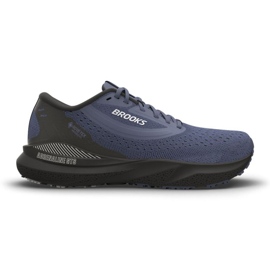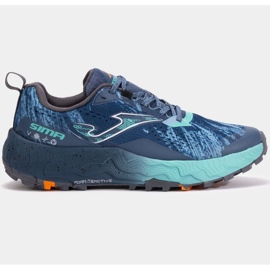Training shoes - the key to effective and safe training
Why are the right training shoes so important?
Choosing the right training shoes is crucial for the effectiveness and safety of exercises. Well -fitted footwear provides adequate cushioning, stability and foot support, which reduces the risk of injury. Incorrect shoes can lead to joint pain, muscle overload or even more serious injuries. That is why investing in high -quality training shoes is a step towards an effective and pleasant training. When choosing them, it is worth paying attention to the type of training we do, as well as to the individual needs of our feet, such as pronation or supination.
Types of training shoes and their purpose
Various types of training shoes are available on the market, which are adapted to different forms of activity. Running requires lightweight shoes with good cushioning, while for strength training, models with strong stabilization are great. For lovers of aerobics or dance are more flexible footwear and good adhesion. Universal shoes are also becoming more and more popular, which can be used on various training planes. The choice depends on the intensity of the exercises, the ground and the individual preferences of the user.
Key features of training shoes - what to look for?
When choosing training shoes, it is worth paying attention to several key features. These include: the right size, which provides comfort without pressure; Non -slip sole ensuring stability; appropriate material that is breathable and removing moisture; and a construction that provides support for the arc of the foot. It is also important that the shoes are light, which will facilitate dynamic exercises. Well -fitted, non -rubbing models significantly increase comfort during training.
Materials used for the production of training shoes
The materials play a key role in the quality of training shoes. Airy mesh is most often used, which ensure good ventilation, which is important during intensive exercises. The soles, on the other hand, are made of light but durable rubber, guaranteeing adhesion and cushioning. Stabilizing elements inside the upper, in turn, prevent excessive movement of the foot. Innovative technologies, such as ventilation systems or Memory foam inserts, increase the comfort of use and improve training parameters.
How to care for training shoes?
In order for training shoes to serve as long as possible and retain their properties, it is worth remembering a few care rules. After each training, it is good to clean them from dirt and sweat, using a damp cloth and a mild cleaning agent. Avoid drying on direct sun or heat sources, as this can destroy materials. Every now and then it is worth replacing the inserts with new ones, and store the shoes in a dry place, away from moisture. Regular maintenance will allow you to maintain high footwear functionality for longer.
When to replace training shoes?
Replacement of training shoes is necessary when you notice signs of wear, such as visible damage, matting soles, loss of depreciation or distortion of the upper. In addition, when you feel pain during exercise or a feeling of discomfort, this may indicate the need to buy a new pair. The average use period is usually about 500-800 kilometers of running or several months of regular training. Regular control of the condition of footwear is the key to avoiding injury and maintaining high -quality training.
Where to buy good training shoes?
Good training shoes can be bought both in specialized sports stores and online stores. It is worth choosing renowned brands that offer a wide selection of models tailored to different needs. Before buying, it is good to try on a few models and consult a seller or specialist who will advise you. Shopping in proven places guarantee the originality of the product and the possibility of possible replacement or return. Remember that choosing the right shoes is an investment in your health and training success.
Summary: How to choose the perfect training shoes?
To sum up, the choice of appropriate training shoes is a process that requires taking into account many factors, such as training type, type of foot, comfort preferences and technical aspects of footwear. The key is to adapt them to individual needs and attention to technical condition. By investing in high -quality shoes, we increase safety, improve the effectiveness of exercises, and we also care about the health of our feet and movement system. Remember that well -chosen sportswear and properly selected footwear are the foundation of any effective training.





























